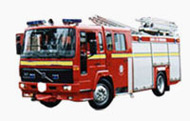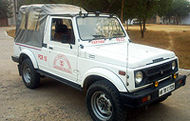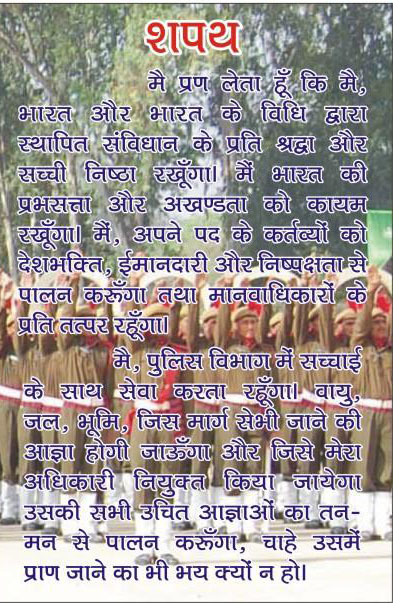|
Everyday, somewhere around you, police, ambulance and fire service vehicles are responding to emergencies. It is critical for all emergency services to keep the response time to a minimum. Seconds can be lost if drivers don't make way for emergency vehicles - precious time that could mean the difference between life and death. Remember, it's the law for any driver who sees and hears an emergency vehicle approaching to get out of the way.
What does the Law Say? As per the Rules of The Road Regulations, 1989 every driver must give free passage to fire service vehicles & ambulance by drawing to the side of the road. An ambulance, as per the Motor Vehicle Act, is a motor vehicle specially designed, constructed or modified and equipped and intended to be used for emergency transportation of persons who are sick, injured, wounded or otherwise incapacitated.
What about the Flashing Lights & Loud Sirens used by these vehicles for alerting other motorists? Rule 108 (1)(iv) of the Central Motor Vehicles Rules, 1989 permits the use of the blinker type of red light with purple glass by an ambulance van used for conveying patients. Use of similar multi-coloured red, blue & white light can be specifically permitted by the State Government for the vehicles that have been specially designated for emergency duties under rule 108 (4) of the Central Motor Vehicles Rules, 1989. Rule 119 (3) of the Central Motor Vehicles Rules, 1989 permits such vehicles to use multi-toned horns etc. that have been approved by the registering authority in whose jurisdiction such vehicles are kept.
So when you hear or see an Emergency Vehicle coming behind you, here is what you must do:
a) Do not slam on the brakes or pull over suddenly. Check your rear-view mirror; look in front and on both sides of your vehicle. React quickly, but calmly before pulling over and use your turn signals.
b) On a two-way road, traffic travelling in both directions must pull over and stop as close as possible to the left-hand side of the road and clear of any intersection.
c) On a one-way road with more than two lanes, stop as close as possible to the nearest edge of the road and clear of any intersection.
d) Wait until the emergency vehicle has passed. Stay alert and look for more than one emergency vehicle approaching. Check to make sure the way is clear and signal before merging back into traffic.
e) On multi-lane highways, many times an emergency vehicle will use the shoulder of the road if all the lanes are blocked. Don't block the shoulder.
f) Never follow or try to outrun an emergency vehicle.
Pedestrians and cyclists are also required to get out of the way for an emergency vehicle. Cyclists must pull as far to the left as possible. Pedestrians on or crossing the road must get off the road as quickly as possible. Do not cross in front of an emergency vehicle - stay on the sidewalk or at the side of the road until the emergency vehicle has passed.
Take sirens and flashing lights seriously.
Let Police, Fire and Ambulance vehicles through!
|





